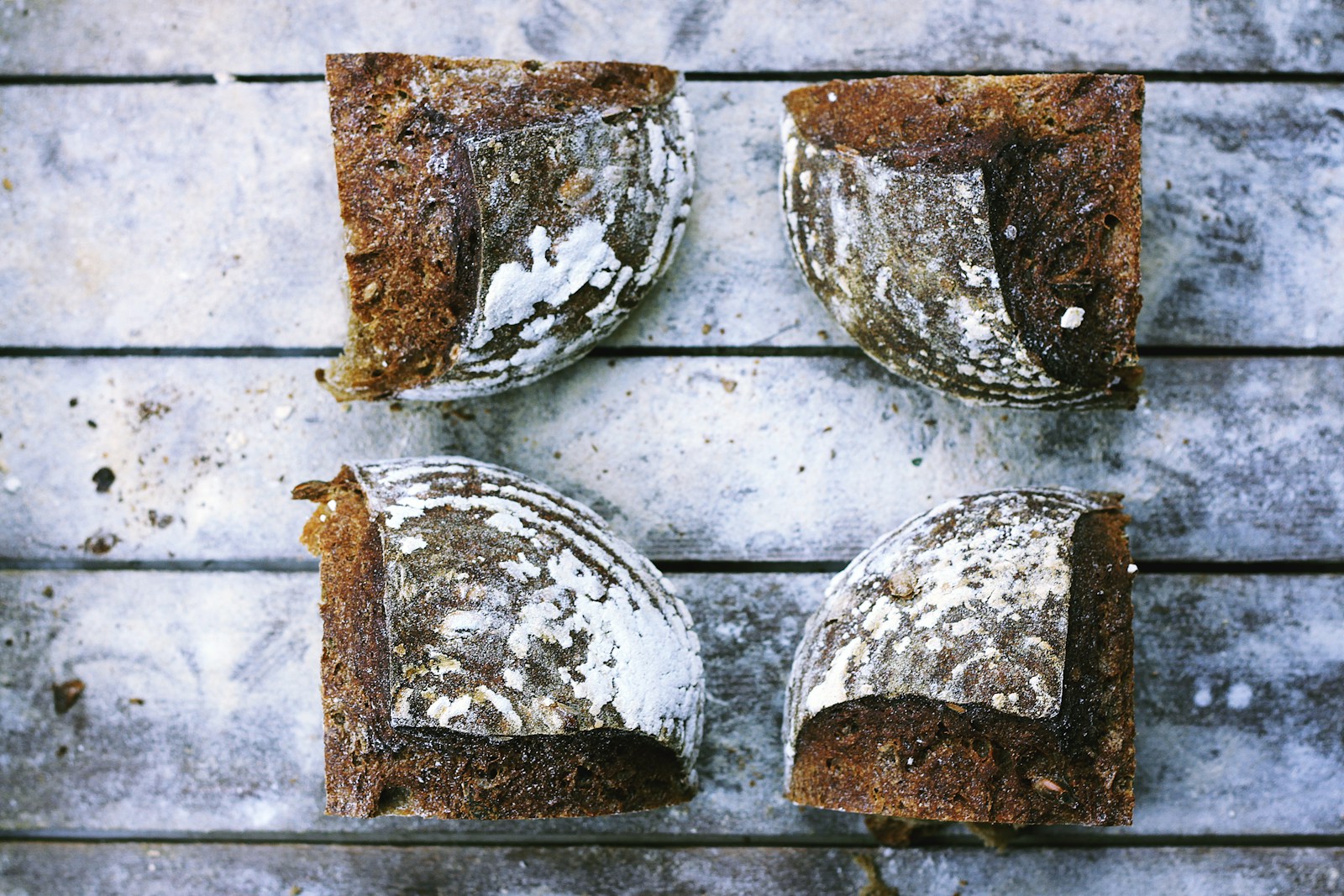
cuatro

four
The Spanish word 'cuatro' is the equivalent of the English number 'four'. It usually comes after 'tres' (three) and before 'cinco' (five). It is used in similar contexts to English, such as denoting a quantity of objects or a rank/order. For example, 'hay cuatro manzanas' means 'there are four apples'.
Example sentences using: cuatro
Tengo cuatro manzanas.

I have four apples.
In this example, 'Tengo cuatro manzanas,' cuatro is used to denote the quantity of apples one possesses. In Spanish, numbers like 'cuatro' typically precede the nouns they are quantifying.
Ella vive en el apartamento número cuatro.

She lives in apartment number four.
Here, cuatro is used as a numerical identifier for the apartment in which 'Ella' resides.
Hay cuatro estaciones en un año.

There are four seasons in a year.
This statement implies that a year is typically divided into four periods or 'seasons'. In Spanish, this division is verbalized using the word 'cuatro.'
Son las cuatro de la tarde.

It's four in the afternoon.
In this context, 'cuatro' is used to indicate time, signifying that it is the fourth hour of the afternoon.
El autobús número cuatro ya pasó.

Bus number four has already passed.
In Spanish, 'cuatro' is used as a numerical identifier for the bus, indicating the bus route or number.
El niño tiene cuatro años.

The child is four years old.
In this example, the word 'cuatro' is used to indicate the age of the child.
El restaurante abre a las cuatro.

The restaurant opens at four.
In this instance, 'cuatro' denotes the time at which the restaurant begins operations.
El examen tiene cuatro partes.

The exam has four parts.
In this sentence, 'cuatro' is used to describe the number of parts that make up the exam.
Hay cuatro personas en la habitación.

There are four people in the room.
In this context, 'cuatro' is used to express the number of individuals present in a specific location.
Vamos a esperar cuatro días más.

We're going to wait four more days.
In this sentence, 'cuatro' is used to specify the duration of time that the subjects plan on waiting.